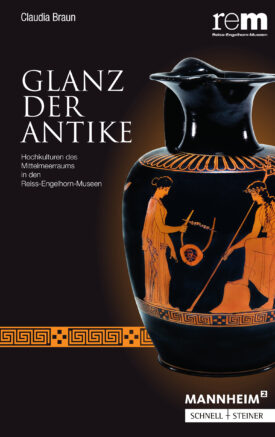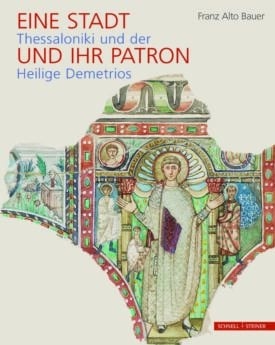Thanks to a fortunate and rare circumstance, throughout the centuries her tomb was never robbed and numerous, precious grave goods survived. In 2001 an unusually rich and filigree assemblage of jewellery was lifted together with the deceased’s skeleton in two blocks by a team of Chinese archaeologists in a far-sighted way and brought to the archaeological laboratory in Xi’an. There specialists of the German-Sino co-operation project of the Römisch-Germanisches Zentralmuseum (Mainz) and the Shaanxi Provincial Institute of Archaeology (Xi’an) worked together on the uncovering, documentation and presentation of the finds and contexts. For the first time such a multipartite and fine jewellery assemblage could be analysed and reconstructed within its archaeological context. The result is of impressive singularity. In the publication presented here an interdisciplinary team of academics deal in many individual studies with the complex investigations into the Tang period burial of Li Chui. Apart from archaeology, art and cultural history, as well as sinology, it is not only the scientific restoration and conservation, but also various fields of the natural sciences, which worked together towards one goal: to convey a unique and realistic insight into the world of Li Chui and her times.
The Tomb of Li Chui
Interdisciplinary Studis into a Tang Period Finds Assemblage
On May 21st 736 the noblewoman Li Chui died at the age of 25, as related by the inscription on the epitaph found in her tomb. She was buried in an earth-chambered grave outside the Tang period capital Chang'an, the present-day Xi'an.










